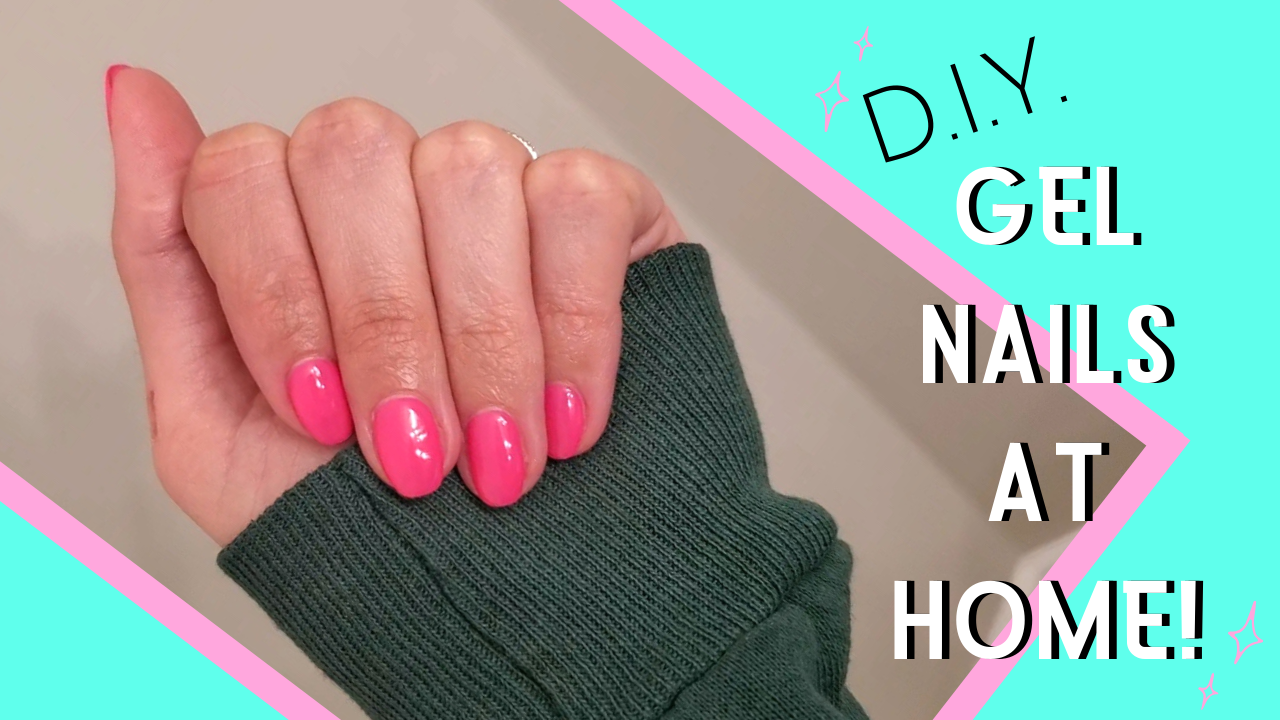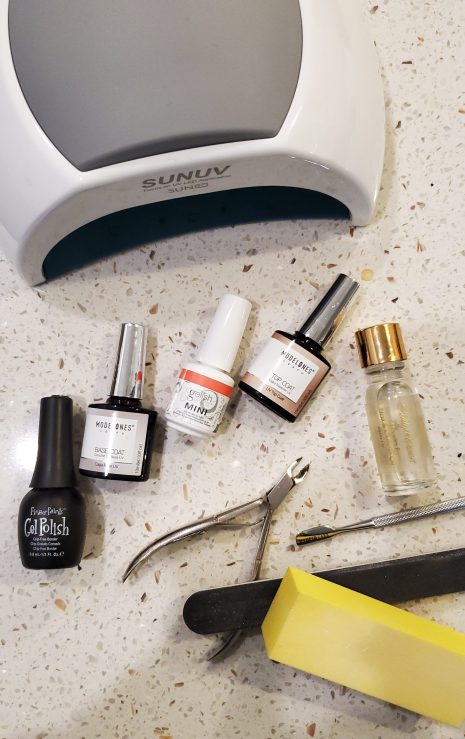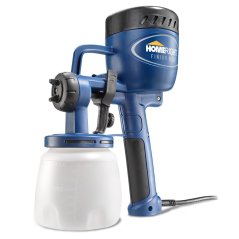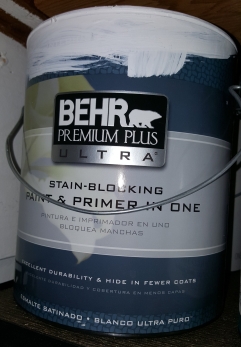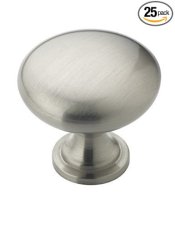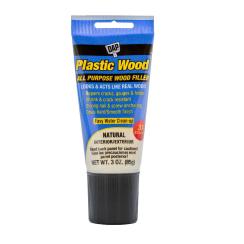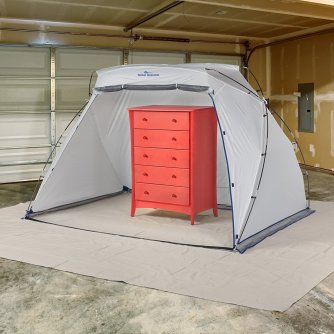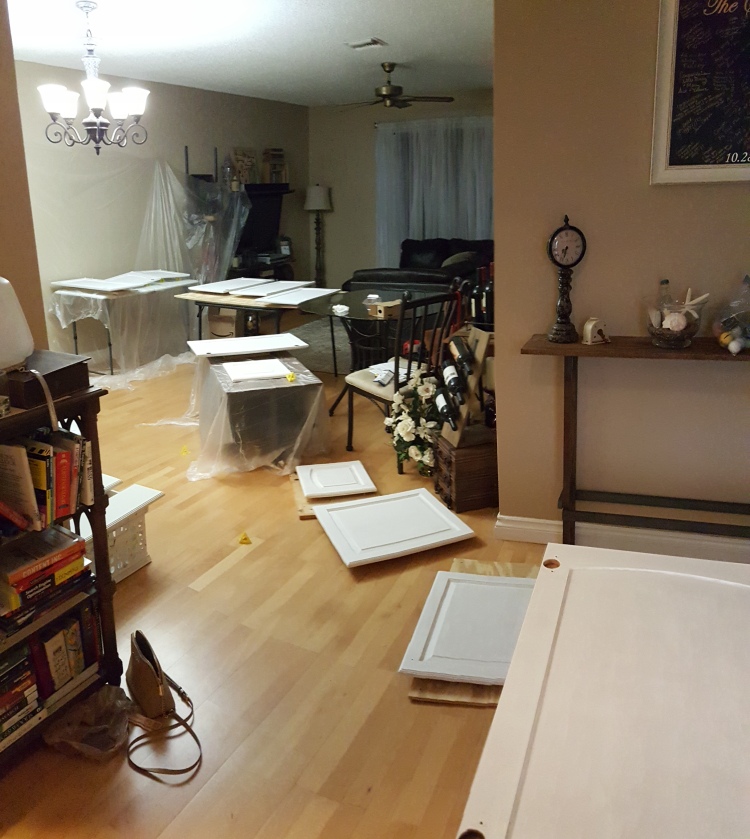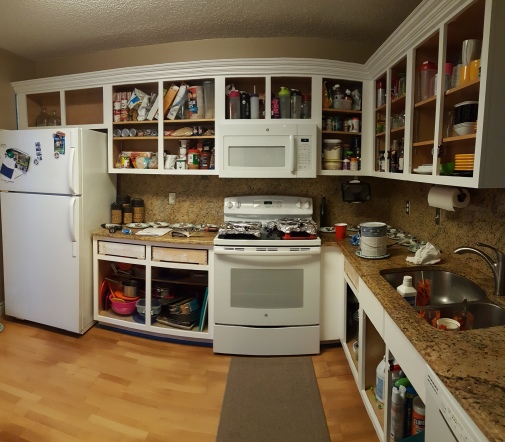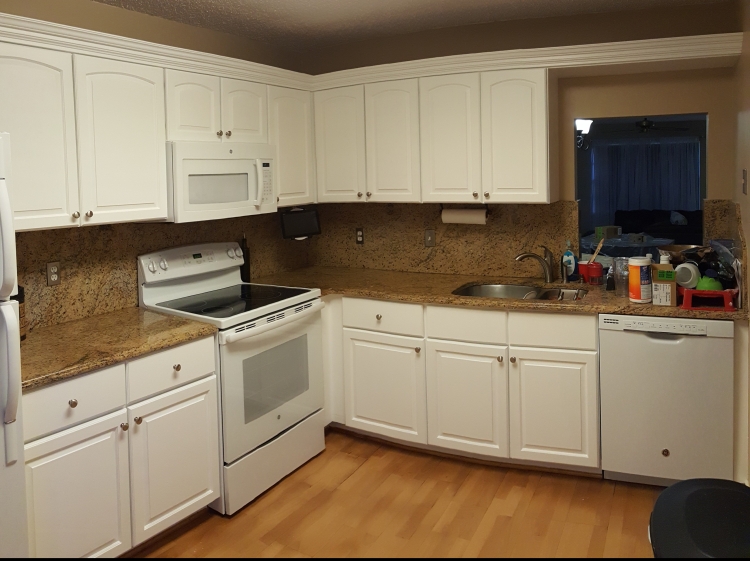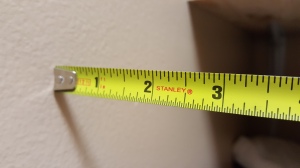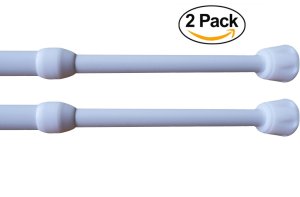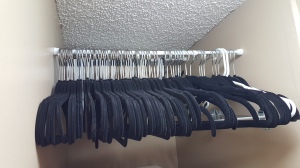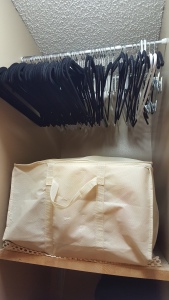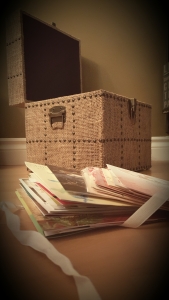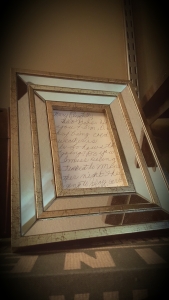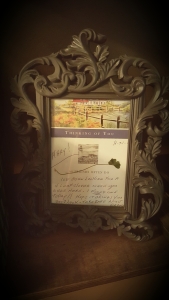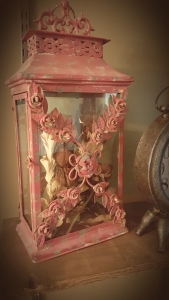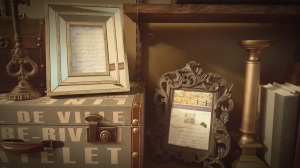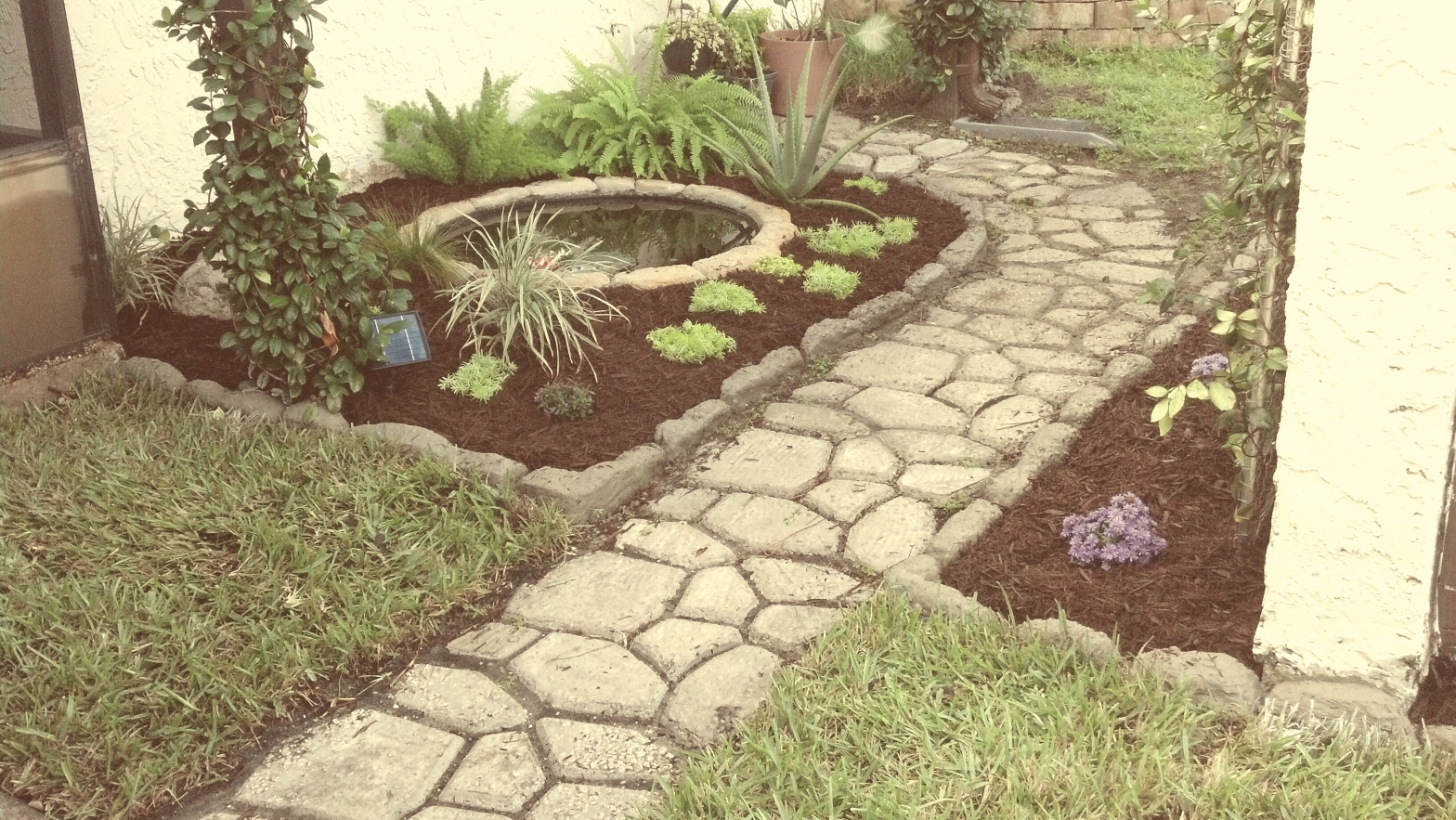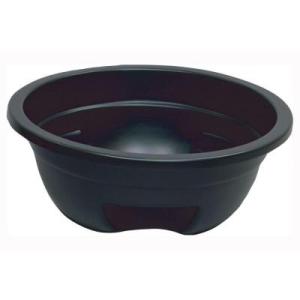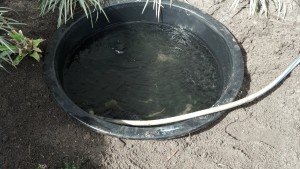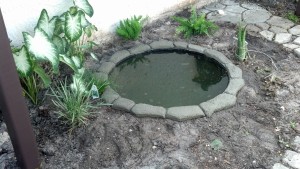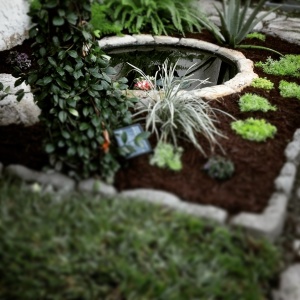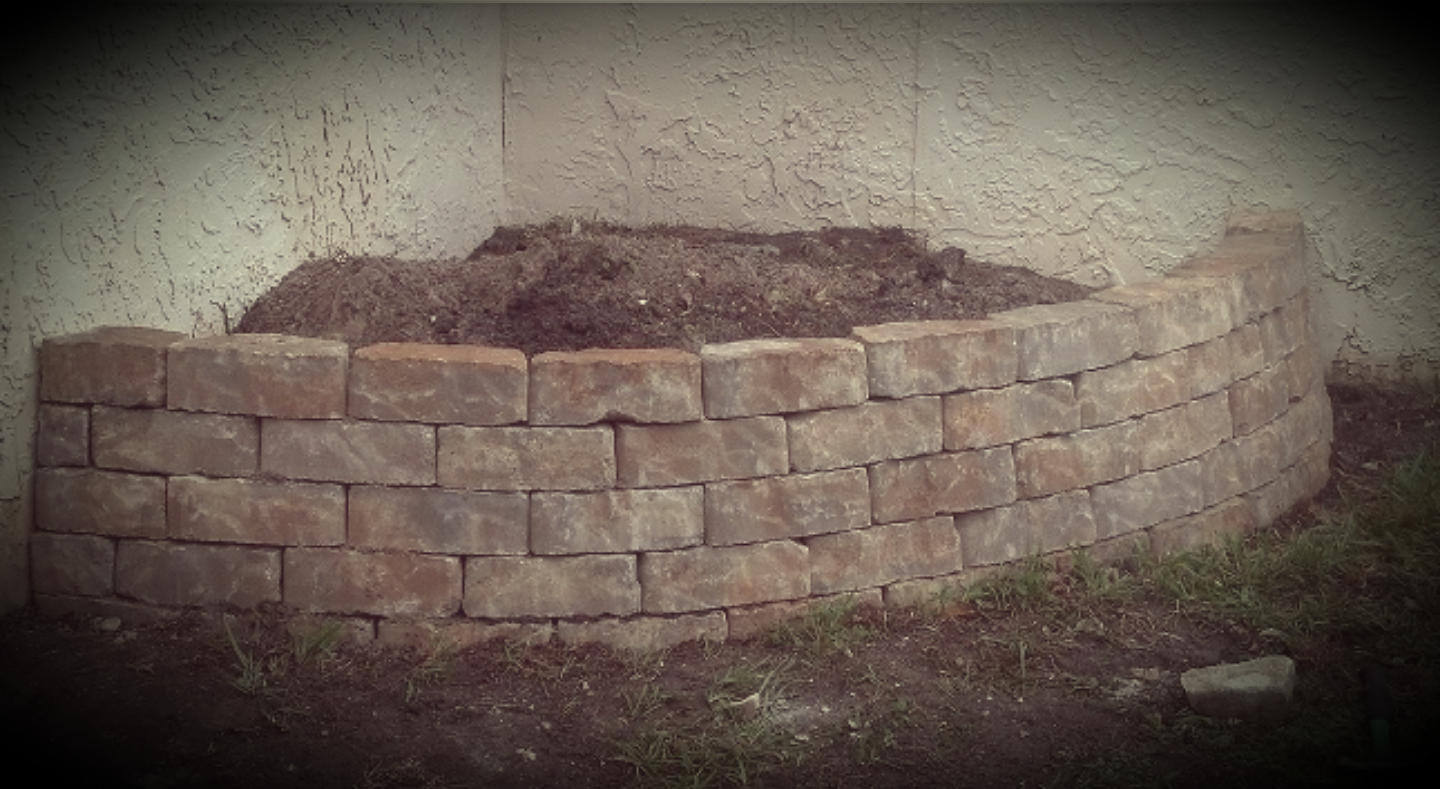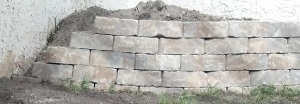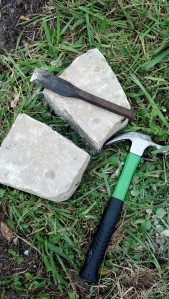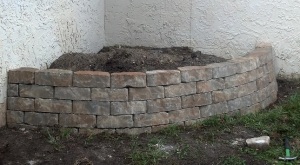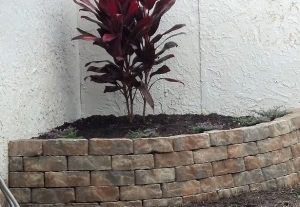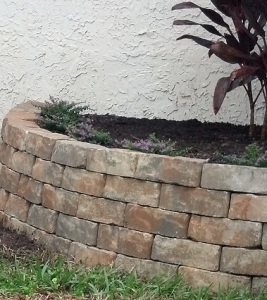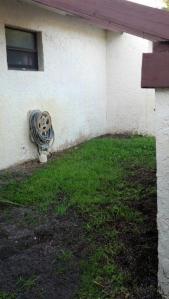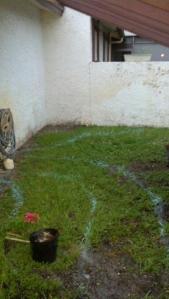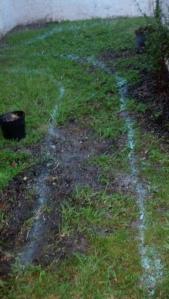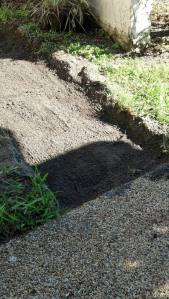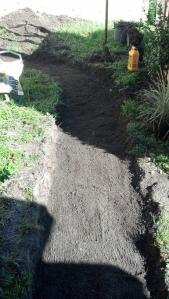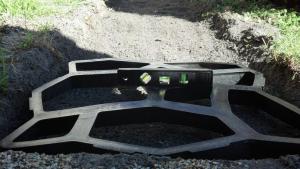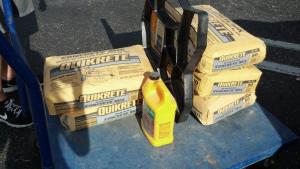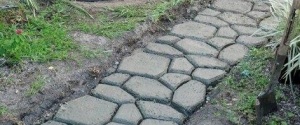Alright..so it has been awhile since I posted any projects and this one is going to be a bit different! I decided since there are only so many home projects I can do in one house, I was going to start posting about any little DIY project that I do because…why not!?
I created a video on how I do my gel nails at home so if this is something you are wanting to try at home or just want to watch go check it out and let me know what you think in the comments! I am planning on creating another video here in a couple weeks when it is time to take these bad boys off so stay tuned if you are interested.
HOW LONG DO THE GEL NAILS LAST?
Minimum of 10 days – I do a lot of cleaning, diy projects, sports etc. and my gels last a minimum 10 days.. max could be closer to 3 weeks but the regrowth is noticeable at that point to I usually redo my gels every 2 weeks.
I will give you a breakdown of the steps I take and the supplies I use, here we go!
Step 1: Prep!
Prepping your nails before you do your gels is very important because we want them to last as long as they can, right!?
Supplies needed for prepping your nails for gels:
- Cuticle remover gel
- Cuticle nippers
- Buffer tool
- Cuticle pusher
- Nail file
Once you have your prepping supplies follow these easy steps:
- File nails to desired shape and length
- Apply cuticle remover/push back cuticles
- Gently nip away pushed back cuticles
- Lightly buff nail surface
- Rinse hands with water and dry
Step 2: Gel Application!
Now that the prepping is over it is time for the gel application!
Supplies needed for the gel nail application:
- UV/LED Gel light
- Chip free nail bonder
- Gel base coat
- Gel polish (color of choice)
- Gel top coat (matte or gloss)
IMPORTANT – It is very important to know what type of light is required for your gel polish. When I was picking out my light I chose a LED & UV light so that I was able to use a gel polish that required either of the light types to cure. The polish bottles should say which light source it requires to cure so just keep that in mind when shopping for supplies!
A FEW TIPS BEFORE GETTING STARTED WITH THE STEPS BELOW
*ONE HAND AT A TIME – do the whole gel process start to finish one one hand then repeat those steps on your other hand. The gels will be tacky until finished so we want to stay away of any fuzz or hairs or anything sticking to the nails. Maybe have a pair of tweezers nearby in case you have to pick something off of your nail.
*KEEP IT ON THE NAIL – Try to avoid painting anything on your skin around your nail or the cuticle. If you get some paint on your skin simply wipe it away with your other hands thumb nail BEFORE you cure the polish!
*CURE TIME – The polish I am using requires different cure times but I always cure for a minimum of 60 seconds (there is a timer on my light) Always check the cure requirements for your polishes though!
Once you have your gel application supplies follow these easy steps:
- Paint the chip free bonder on your nails (no cure needed)
- Paint a thin layer of BASE COAT
- Cure minimum of 60 secs – (double check polish cure time requirements)
- Paint 1st thin layer of GEL POLISH (color of choice)
- Cure minimum of 60 secs – (double check polish cure time requirements)
- Paint 2nd thin layer of GEL POLISH (same color)
- Cure minimum of 60 secs – (double check polish cure time requirements)
- Paint a thin layer of TOP COAT (matte or gloss)
- Cure minimum of 60 secs – (double check polish cure time requirements)
You can get creative with the top coat and do two at one time ex: paint a layer of top coat, letting it cure then painting a diagonal section of matte coat on top of that and letting it cure.
TIP: If your top coat wears down or you need a different polish color for an event and it’s not time to take the gels off just yet or you just don’t like your gel color once it’s on … it’s ok! It has all happened to me before – I have also used a lighter gel color that started yellowing and even a gel that with 3 coats still looked too see through – so I just used a regular nail polish to paint on top of my gels if they were in good enough condition – that way I still had the strength of a gel nail but just with a different color!
STEP 3: Finish
Wahoo! We are pretty much done at this point but to make your nails look even better once you are done with the gel process do the following…
- Wet a cotton ball with rubbing alcohol and wipe each nail with it. This removes any sticky residue left over from the gels.
- Massage cuticle oil (or lotion) into your cuticles and the skin around your nails. This leaves you with a fresh polished look!
Well, that’s how I do my gel nails at home – I save a bunch of money and I know that my nails are going to look the way I like them when I am finished! It was a bit of an investment up front to buy the light and my polish but it paid off after about 2 or 3 times of me doing my own gels. My husband sure is happy I am saving us money from my visits to the nail salon :). I have been doing my own gels for years so I have had some practice. I am not saying my way is the best way it is just what I like and what works best for me so I wanted to share my process with all of you in case this can help in any way!
Thank you for checking this out and stay tuned for my gel nail removal video coming soon!
———–
